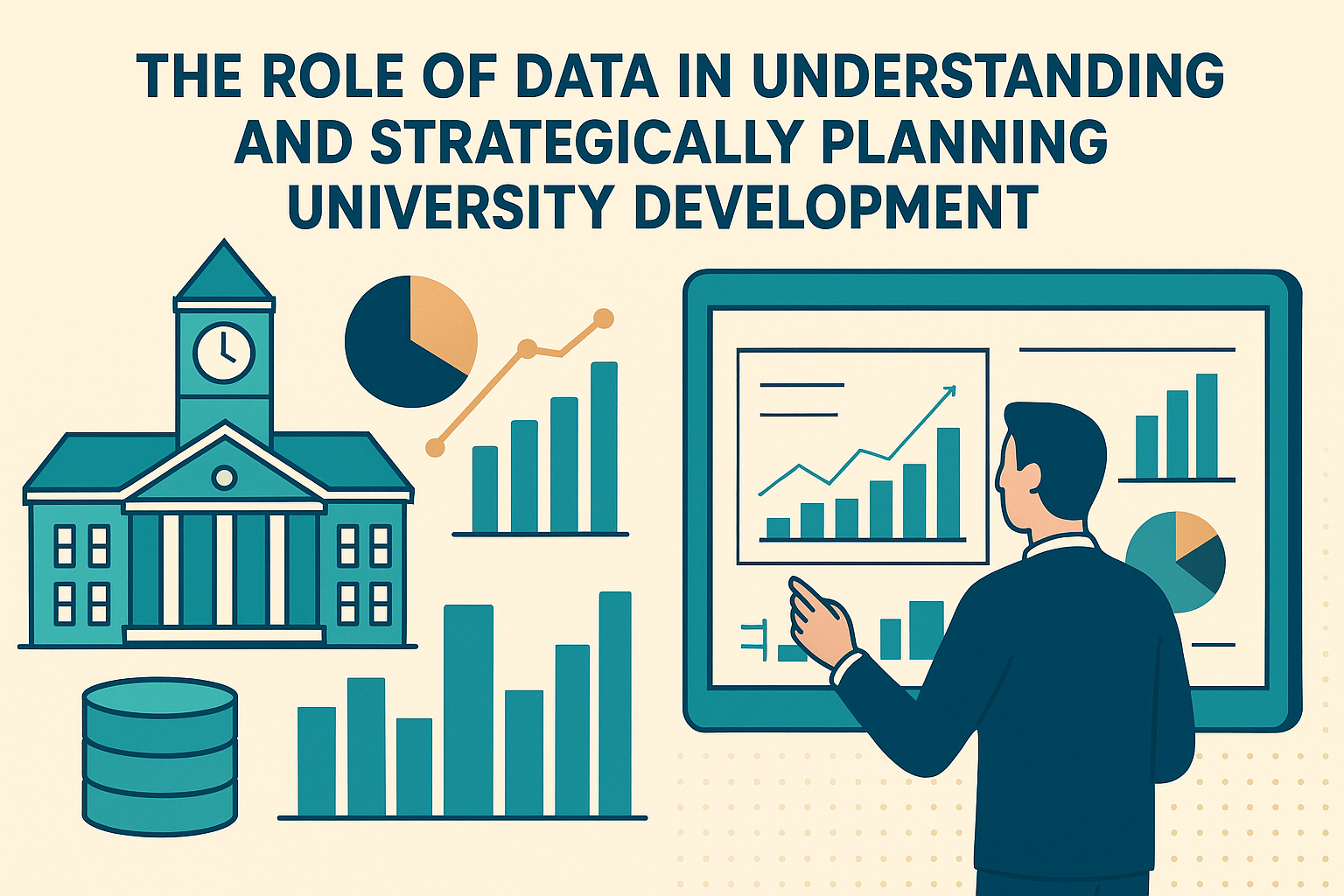The Role of Data in Understanding and Strategically Planning University Development

Universities are currently being bombarded with several issues. Enrollment is falling, infrastructure is aging, students’ expectations are shifting, and budgets continue to tighten. In this environment, gut feelings and legacy thinking no longer suffice.
Strategic planning needs to be grounded in something more precise. Integrated data provides the visibility needed to connect what students experience with how campus spaces function and where future investments should land. Without that clarity, sustainable progress remains out of reach.
The problem: Siloed data and missed connections
Universities generate large amounts of information, but that data is too often locked away in separate systems. A facilities team may track building performance while student services monitor engagement trends. Both datasets are important, but without alignment, they miss the opportunity to inform and shape decisions in a meaningful way.
The result is a series of blind spots. For instance, leadership may approve a major refurbishment based on infrastructure reports without realizing the space is underused or poorly rated by students.
That kind of disconnect leads to misaligned priorities and wasted capital. Fragmented data slows down innovation and can lead to strategic misalignment between space, experience, and educational delivery.
The opportunity: Reading the signals and connecting the dots
When universities link their data systems, patterns begin to surface. Underused spaces often overlap with maintenance backlogs. Areas flagged for poor student experience may also show declining foot traffic. These insights provide institutions with a clearer understanding of what is and isn’t working.
This approach enables faster and smarter decisions. Leadership can adapt teaching models, shift resources, or rethink space allocation based on actual student behavior, rather than mere assumptions or historic usage.
The ability to correlate space and sentiment in near-real time is not a luxury. When it comes to planning university development, it’s a competitive advantage.
What good looks like: real-time, integrated systems
Some universities are already showing what’s possible. For example, at the University of Wales Trinity Saint David, leadership uses an AI-powered occupancy dashboard to track campus usage throughout the day. Other campuses are earlier in the journey, relying on periodic data reviews or consultant-led assessments. These real-time insights help inform decisions around space consolidation, operational efficiency, and student experience.
What sets leaders apart is their ability to act on the data, not just collect it. Real-time analytics could flag underused spaces within weeks, which would allow institutions to repurpose them mid-semester rather than wait years for a capital master plan.
Integrated systems also improve transparency across departments, fostering collaboration between IT, facilities, and academic leadership. When everyone is working from the same source of information, better decisions follow.
Why it matters: Planning for resilience, not just efficiency
Institutions are contending with what some have called the “five faulty towers”: the rising cost of living, student disengagement, crumbling infrastructure, shrinking public funding, and higher attrition rates. In this climate, integrated data is no longer a nice-to-have but a strategic necessity. It enables universities to respond faster, utilize resources more effectively, and ensure their spaces are fit for purpose in a rapidly changing world.
Resilience is no longer about enduring hardship; it's about adapting to it quickly and effectively. Data allows institutions to notice early shifts in student behavior or space usage and respond before problems escalate. If students are no longer attending lectures in person but informal learning areas are heavily used, that information can guide universities to move lectures online and repurpose outdated lecture halls into vibrant, active learning hubs. Without those insights, universities are left reacting instead of preparing.
The path forward: Break silos, build strategy
Universities that master data integration will be best positioned to thrive. They’ll design more adaptable, student-centered campuses and make investment decisions with confidence. Whether they build in-house analytics teams or partner with external experts, the goal is the same: break down the silos, connect the evidence, and plan with clarity.
What matters most is momentum. Even small steps (i.e., creating cross-departmental data working groups or piloting a single integrated dashboard) can signal a shift in culture. The long-term payoff is a campus that evolves in sync with its community.
As conditions change, universities that see the whole picture can respond with agility — optimizing space, enhancing experience, and securing their place in an increasingly competitive landscape.


























